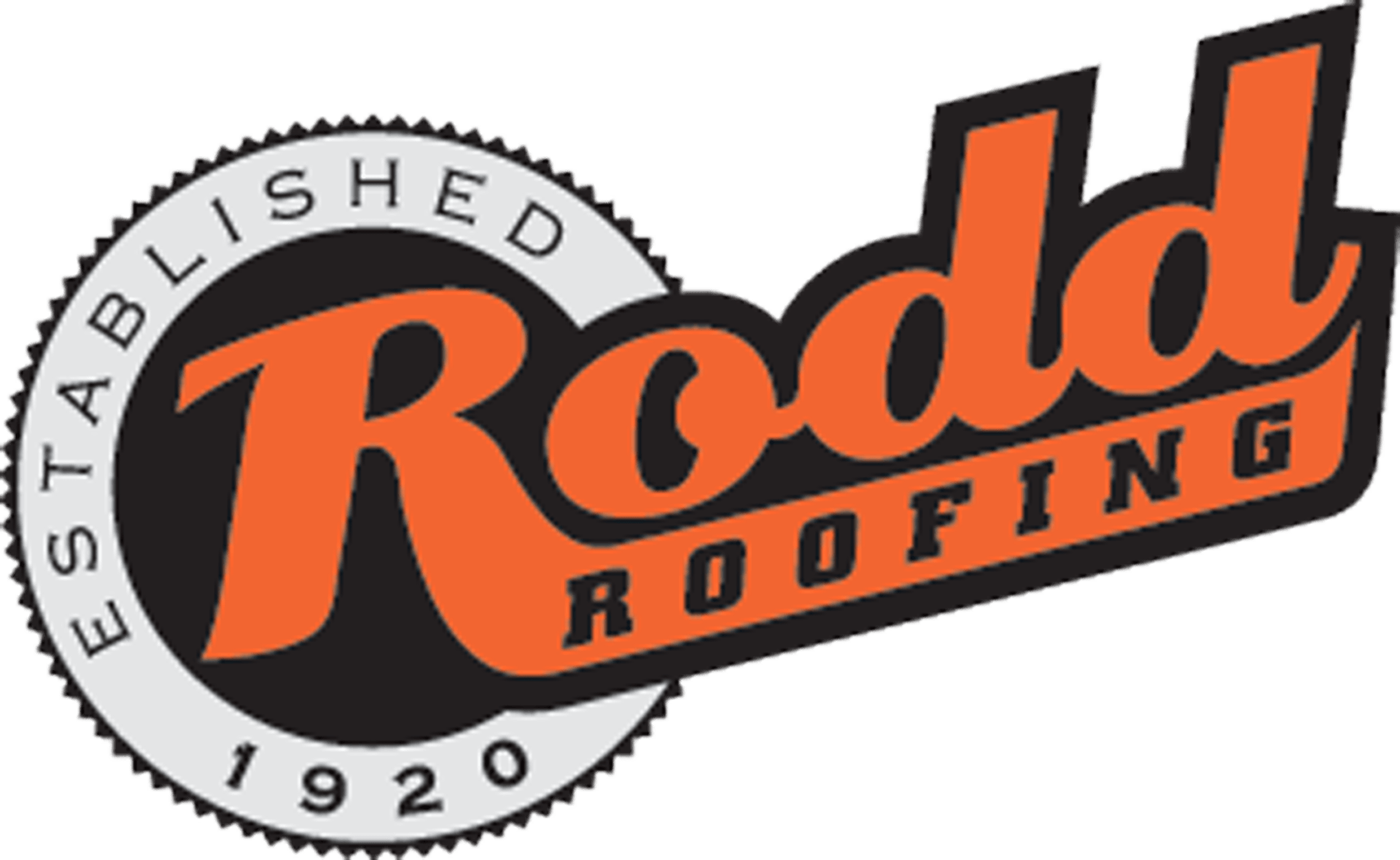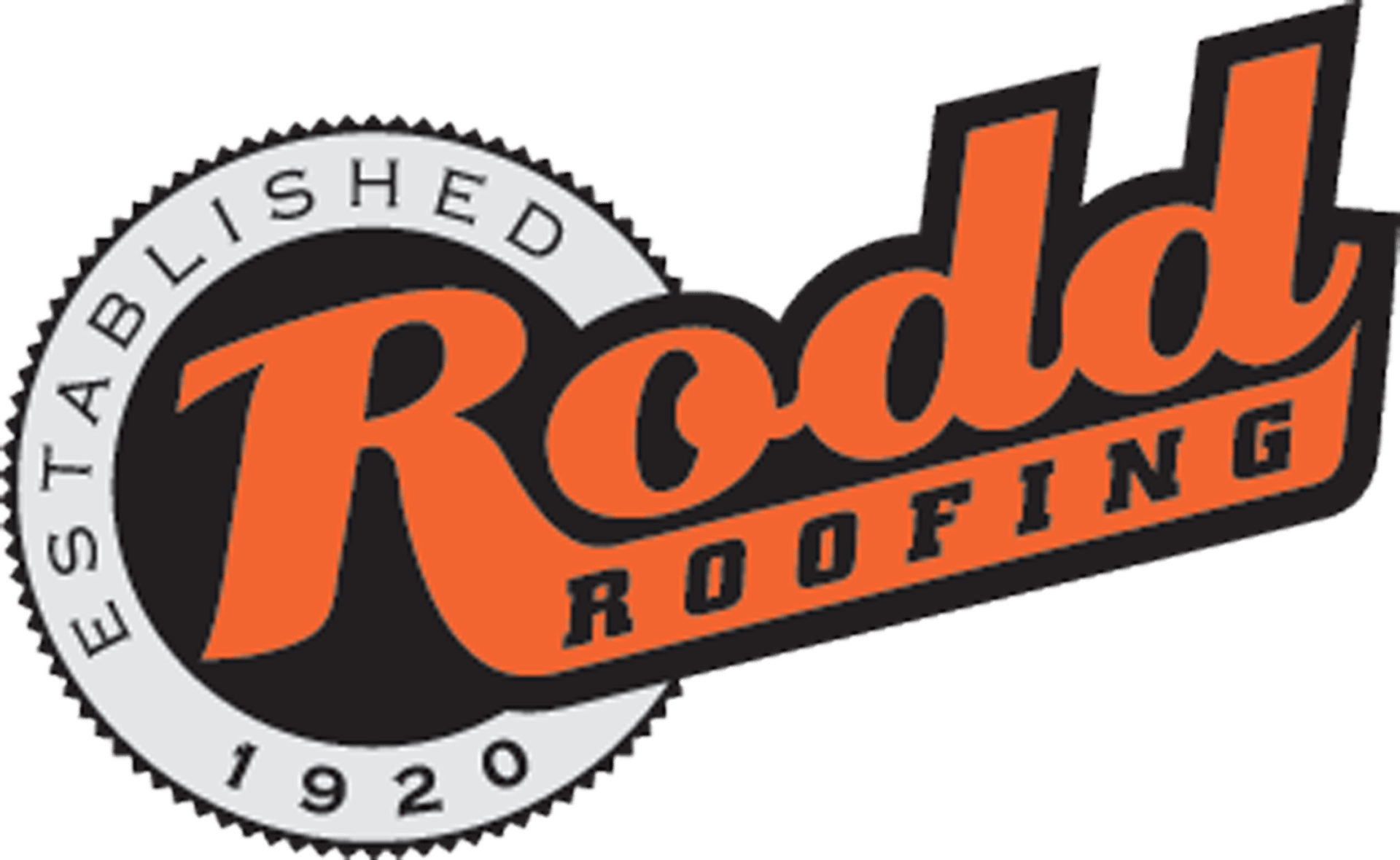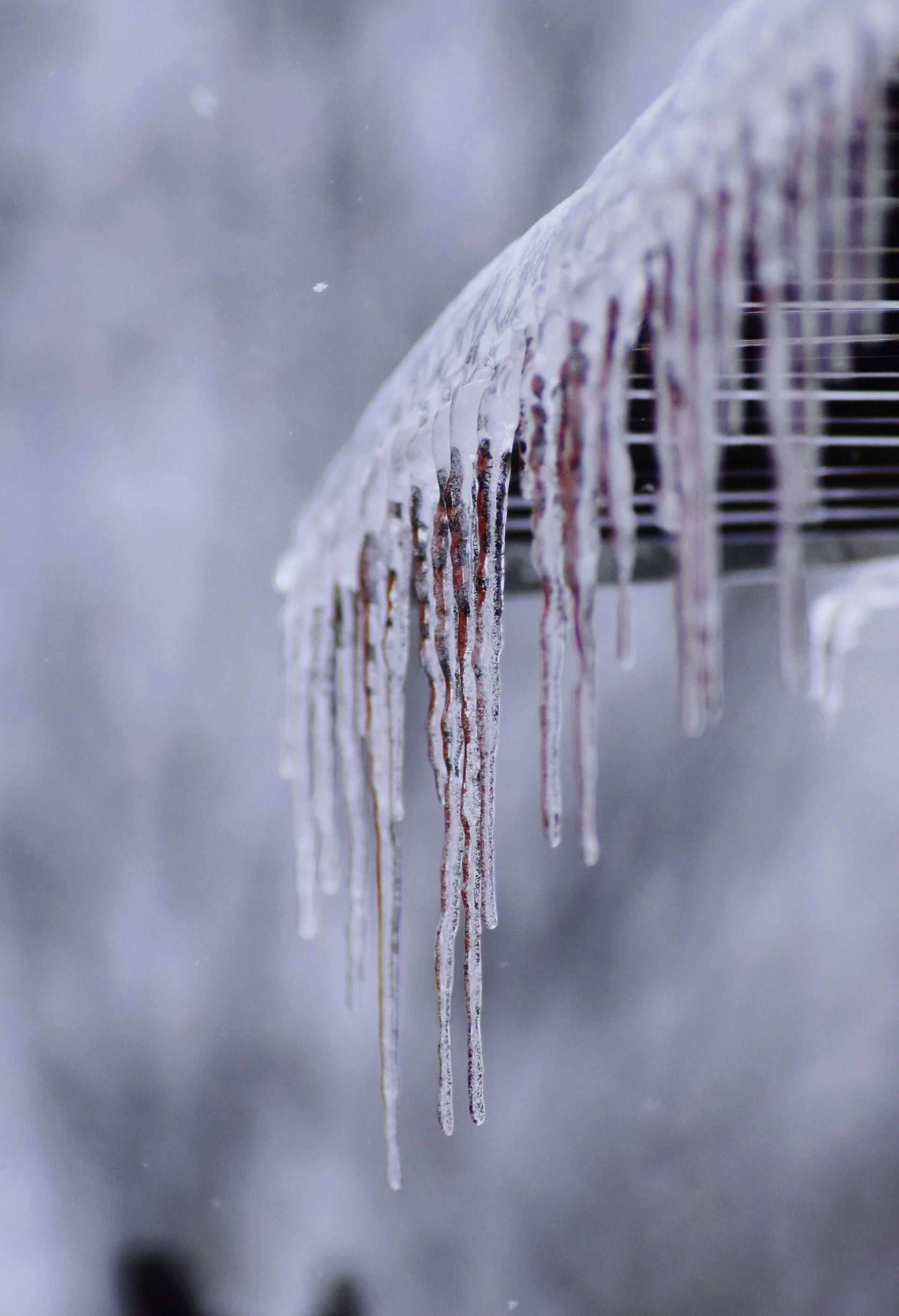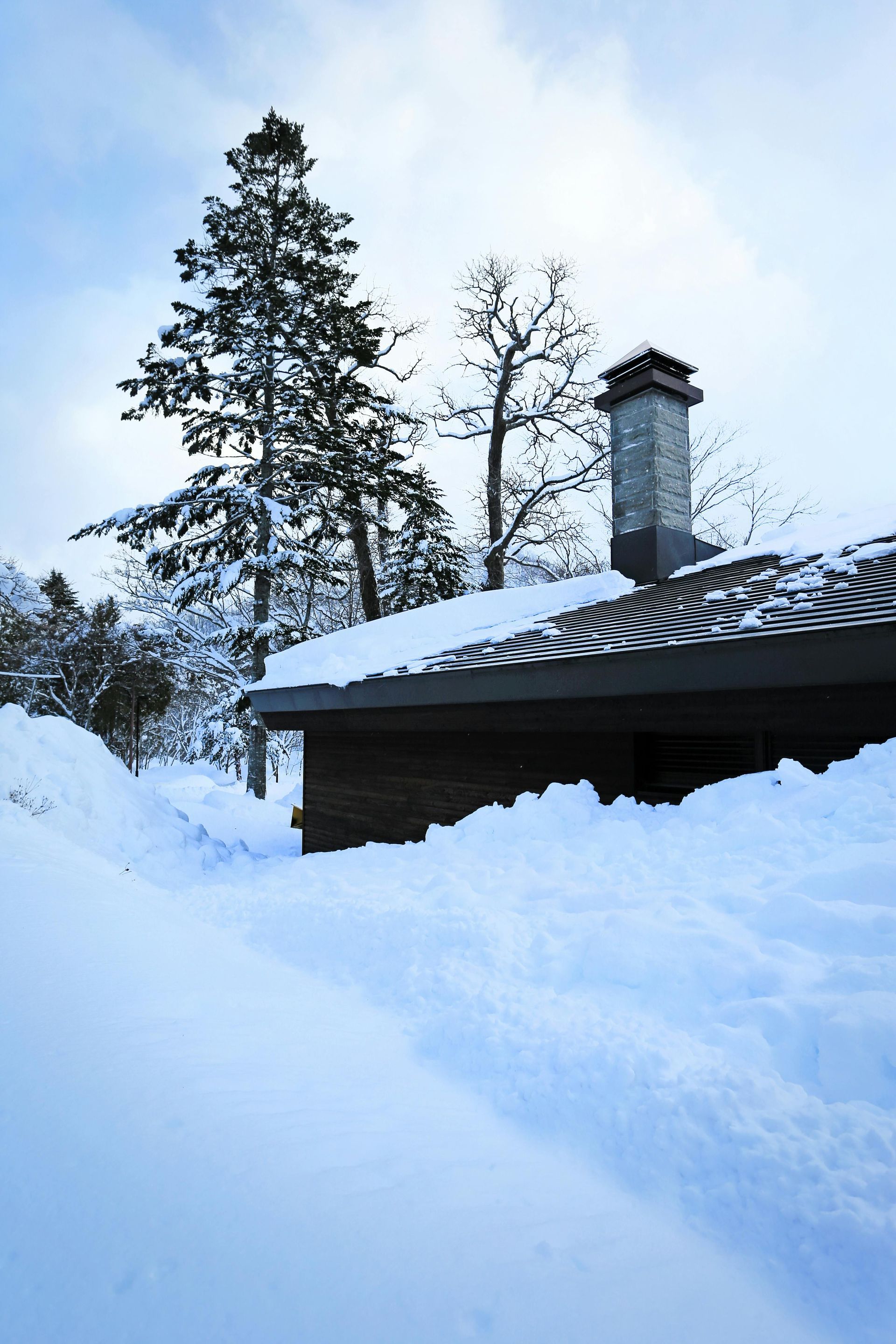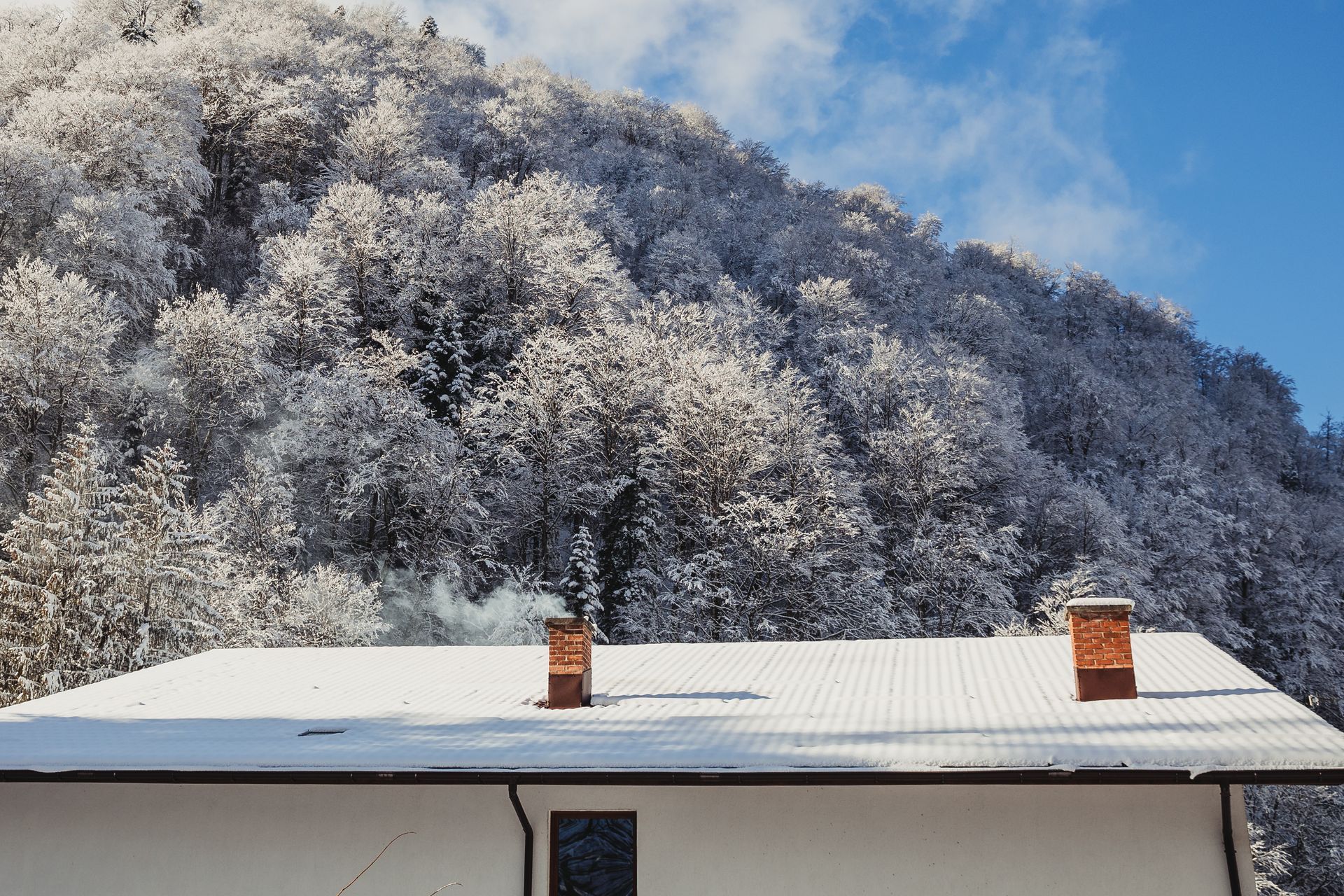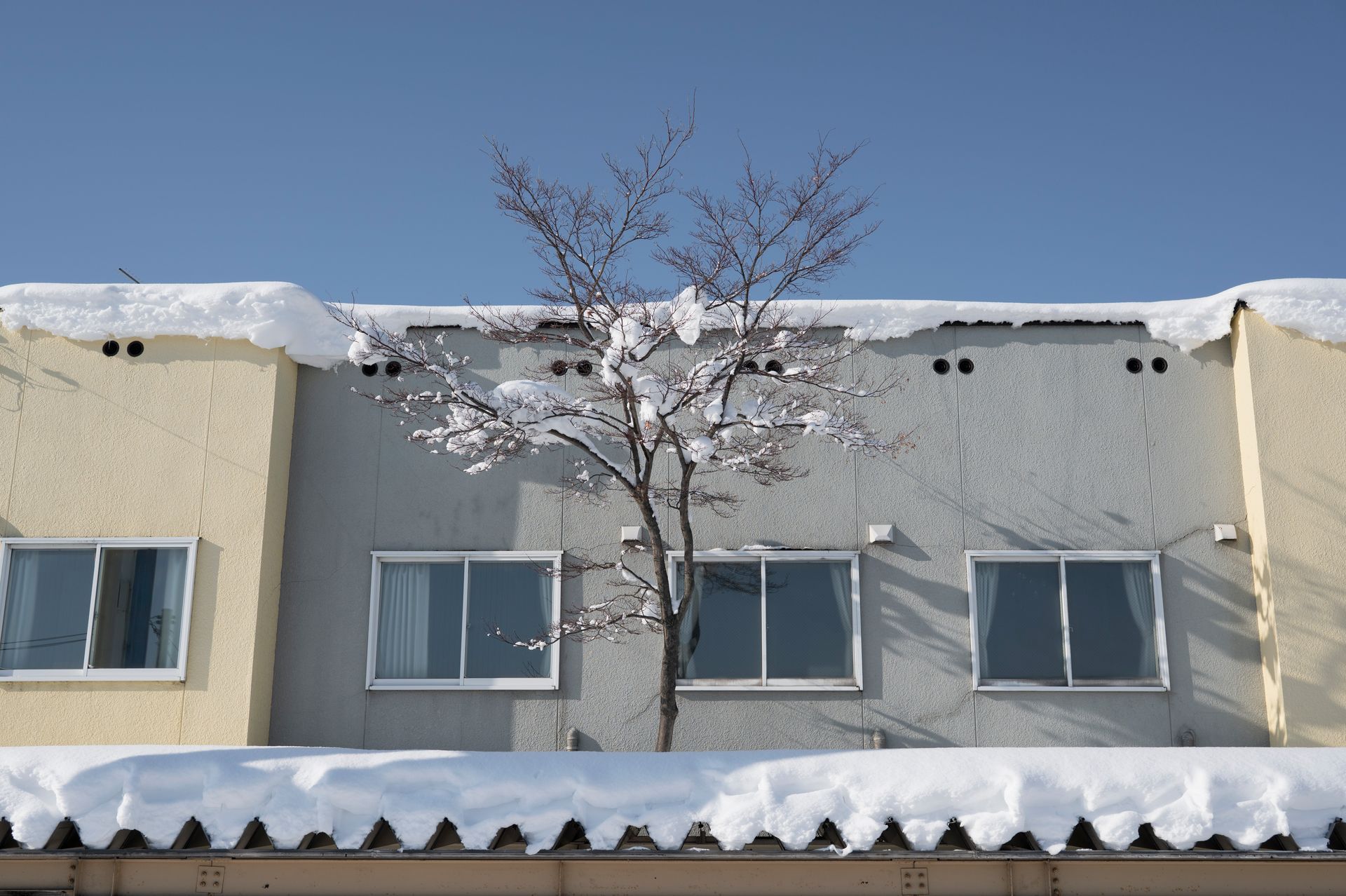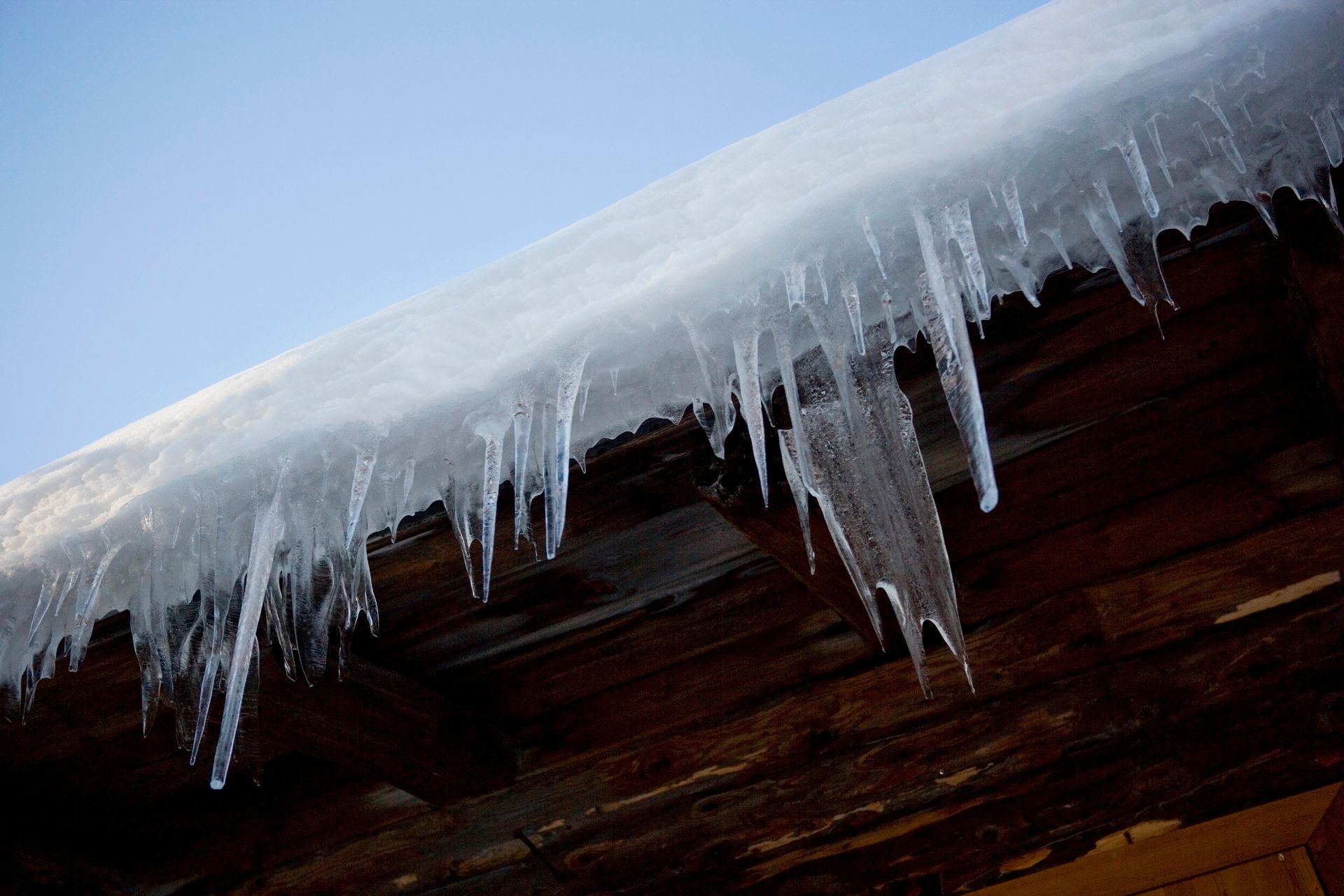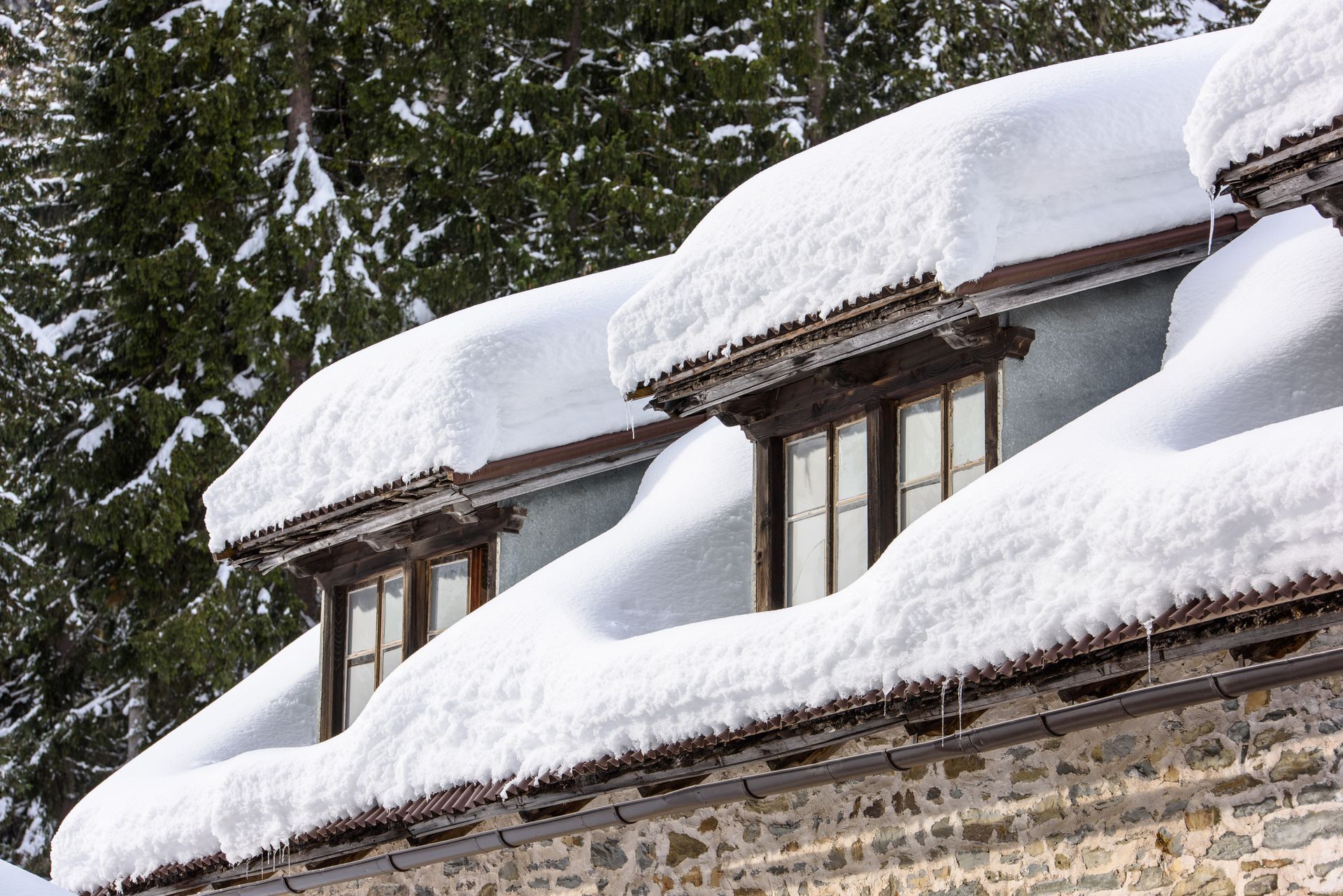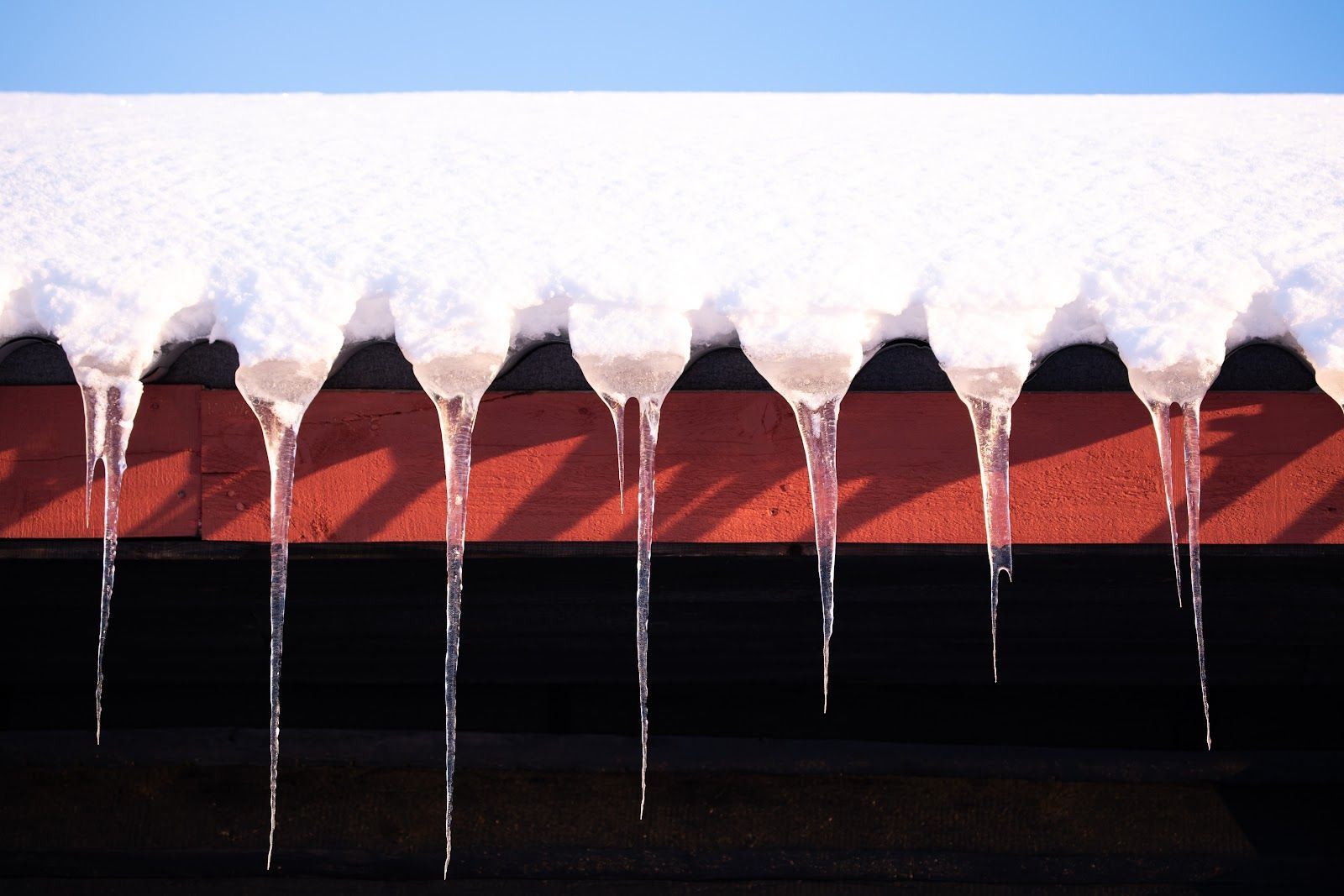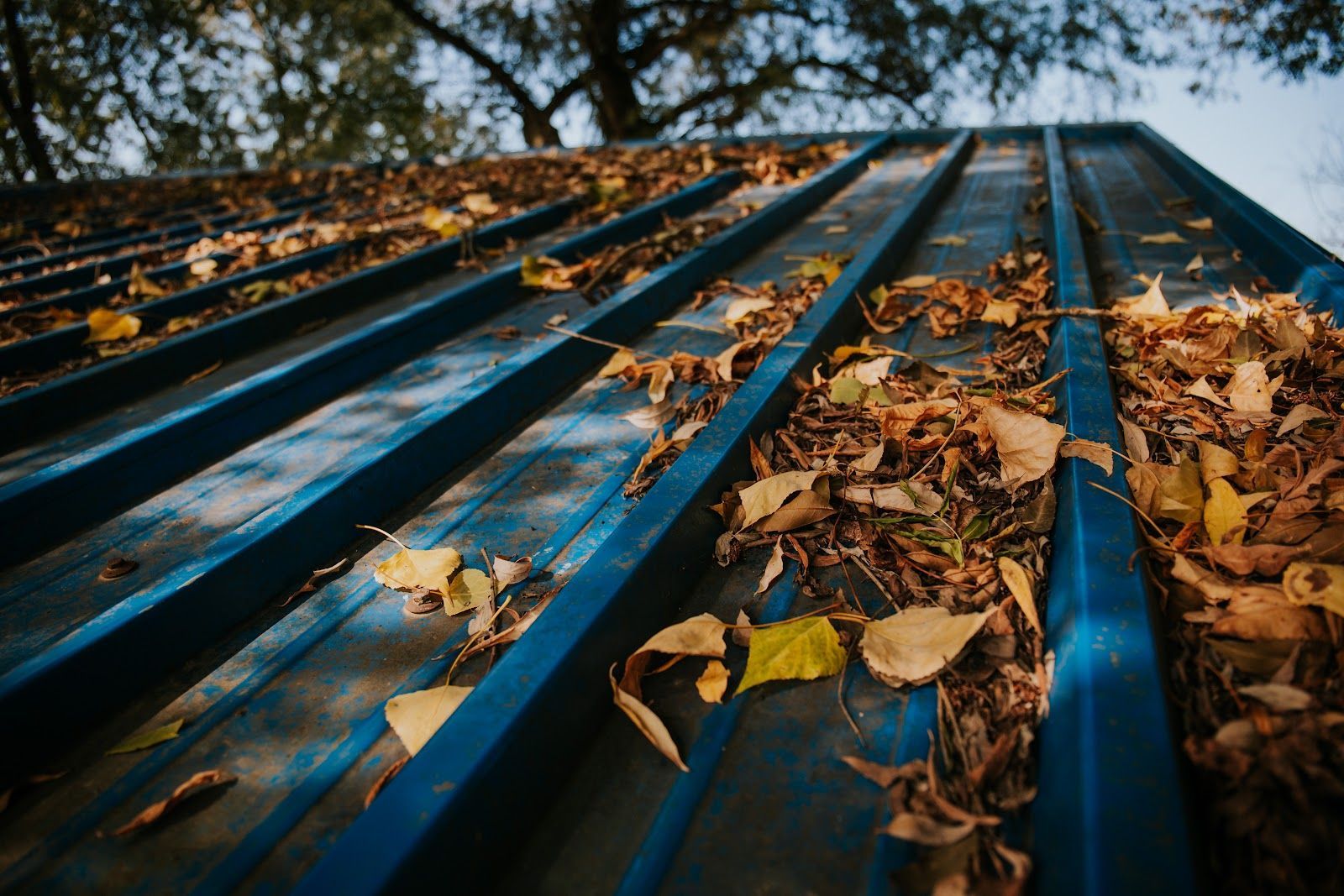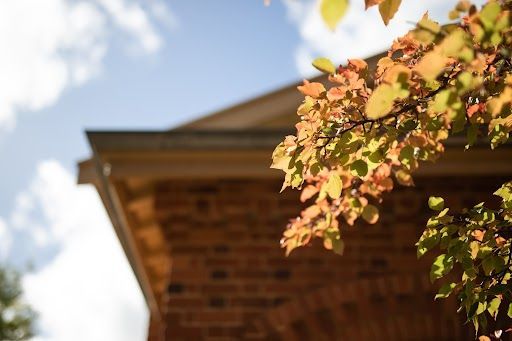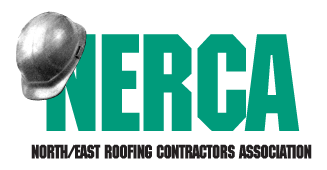Choosing the Right Roofing Material for Your Climate
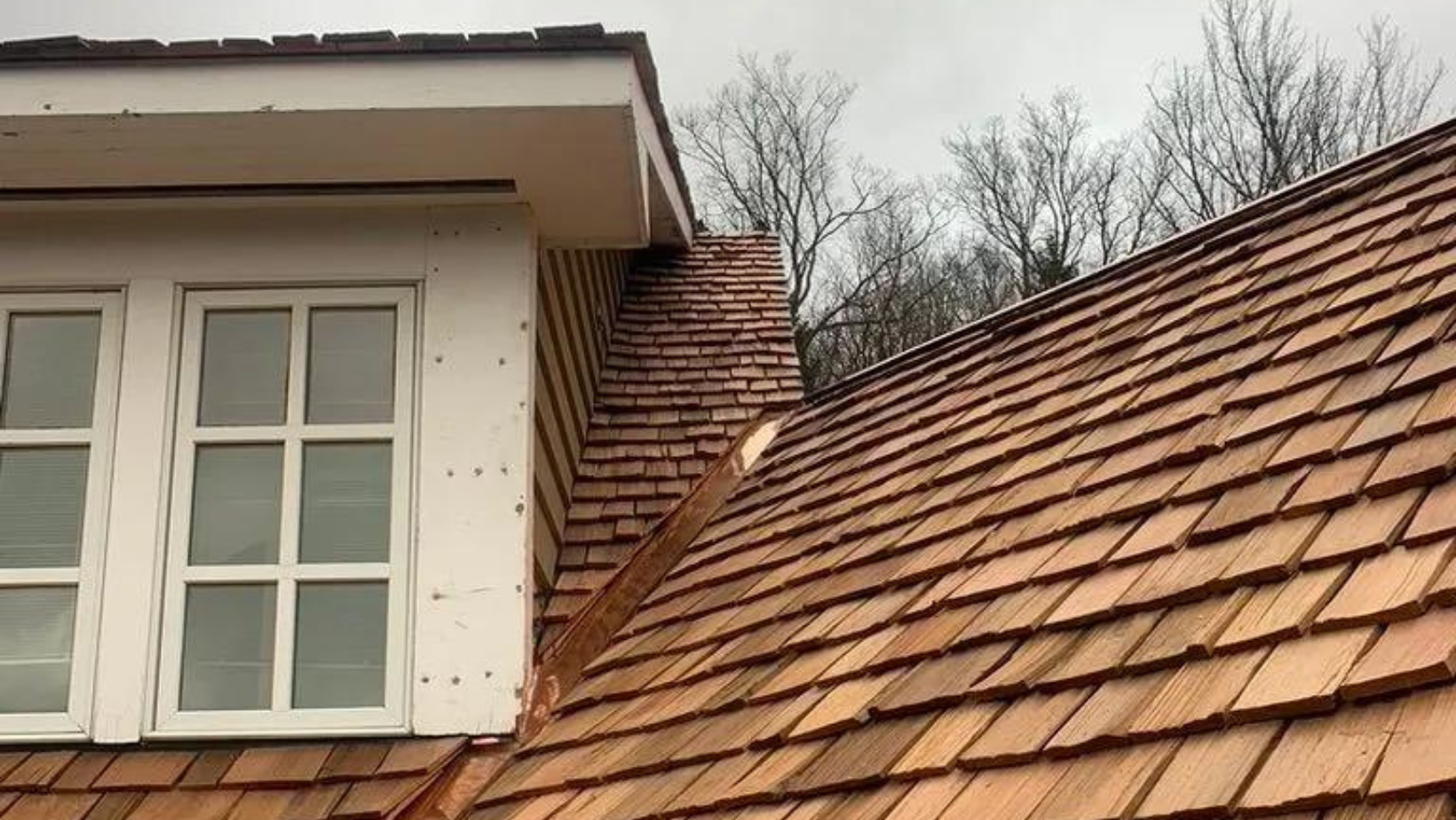
Cold, Hot, Somewhere In-Between?
What Roofing is Right For Your Climate?
Your home's roof is not only its first line of defense against the elements but also a significant contributor to its overall aesthetics. When it comes to roofing materials, it's crucial to consider your local climate. The climate can have a profound impact on the longevity and performance of your roof. In this blog post, we'll explore the importance of choosing the right roofing material for your climate and offer some valuable tips to help you make an informed decision.
Understanding Your Climate
Before you can make an informed decision about roofing materials, you need to understand your local climate. Climate can vary greatly from one region to another, and the type of roofing that's ideal for one area may not be suitable for another. Here are a few key factors to consider:
- Temperature Range: Does your area experience extreme temperature fluctuations? Some roofing materials are better at handling temperature changes than others.
- Precipitation: Does your region receive a lot of rainfall, snow, or hail? The amount and type of precipitation can impact your roof's durability.
- Sun Exposure: Is your area known for intense sunlight? UV rays can cause some roofing materials to deteriorate more quickly.
- Wind Speed: High winds can lift and damage roofing materials. Be sure to consider your region's typical wind speeds.
Choosing The Right Roofing Material
Now that you have a better understanding of your climate, let's explore some common roofing materials and their suitability for different climates:
- Asphalt Shingles:
- Ideal for: Mild climates with moderate rainfall and temperature fluctuations.
- Not recommended for: Areas prone to heavy snowfall or extreme temperature changes.
- Metal Roofing:
- Ideal for: Areas with frequent rainfall, high winds, and temperature fluctuations.
- Not recommended for: Extremely hot climates where metal can absorb and retain heat.
- Tile Roofing:
- Ideal for: Hot, dry climates with minimal rainfall and moderate temperatures.
- Not recommended for: Regions with heavy snowfall, as tiles can crack under the weight of snow and ice.
- Wood Shakes:
- Ideal for: Mild, coastal climates with moderate precipitation.
- Not recommended for: Areas prone to wildfires or heavy rain, as wood can be a fire hazard and may rot if constantly wet.
- Slate Roofing:
- Ideal for: Areas with cold winters, heavy snowfall, and high winds.
- Not recommended for: Extremely hot climates, as slate can become brittle in high heat.
Tips For Choosing The Right Material
- Consult with a Professional: Seek advice from a local roofing contractor or expert. They can provide valuable insights based on your specific climate and needs.
- Consider Long-Term Costs: While some roofing materials may have a higher upfront cost, they can be more cost-effective in the long run due to their durability and energy efficiency.
- Energy Efficiency: Choose roofing materials that can help regulate your home's temperature and reduce energy consumption. This is particularly important in regions with extreme temperatures.
- Maintenance Requirements: Different materials have varying maintenance needs. Factor in the time and costs associated with maintaining your chosen roofing material.
Not all roofs are created equal. Choose the one that's right for you.
Choosing the right roofing material for your climate is a critical decision that can impact the longevity and performance of your roof. By understanding your local climate and considering the factors mentioned above, you can make an informed choice that ensures your roof stands strong against the elements for years to come. If you're uncertain about which roofing material is best for your region, don't hesitate to consult with a trusted roofing professional who can provide tailored recommendations. Remember, a well-chosen roof not only protects your home but also adds to its beauty and value.
